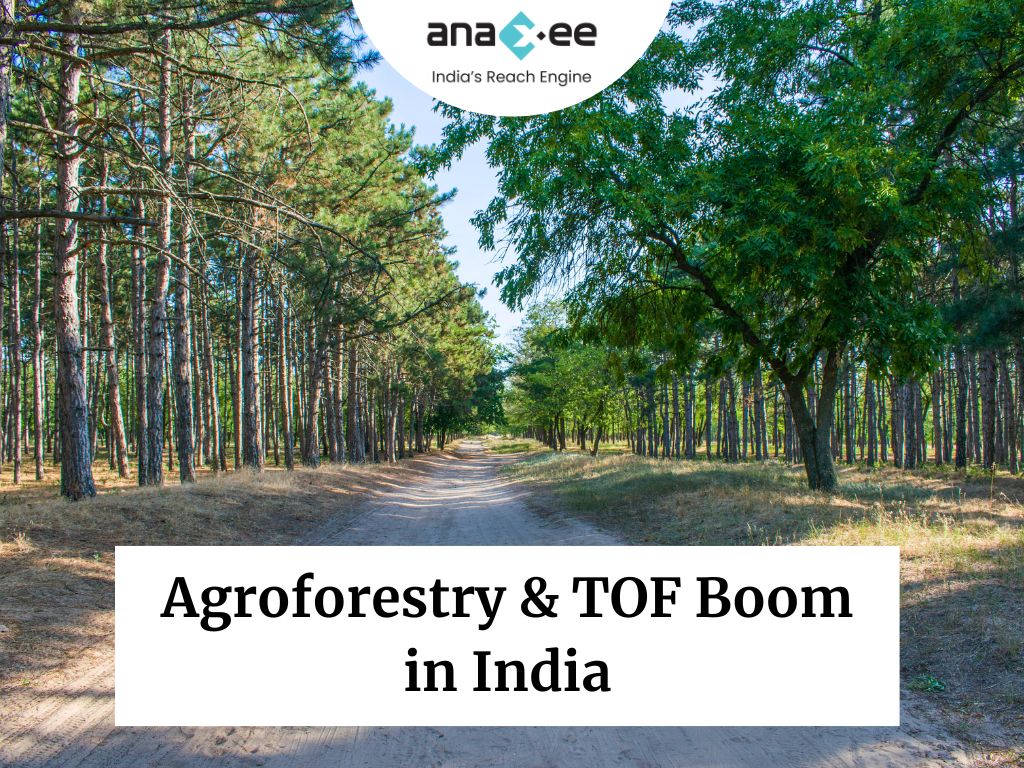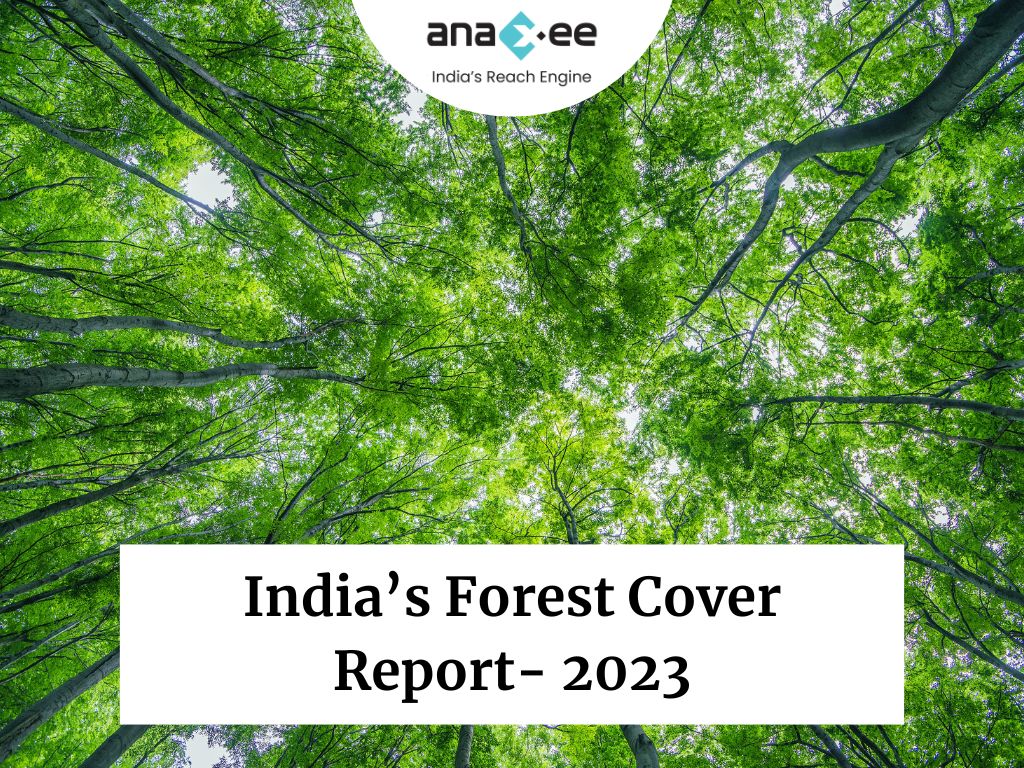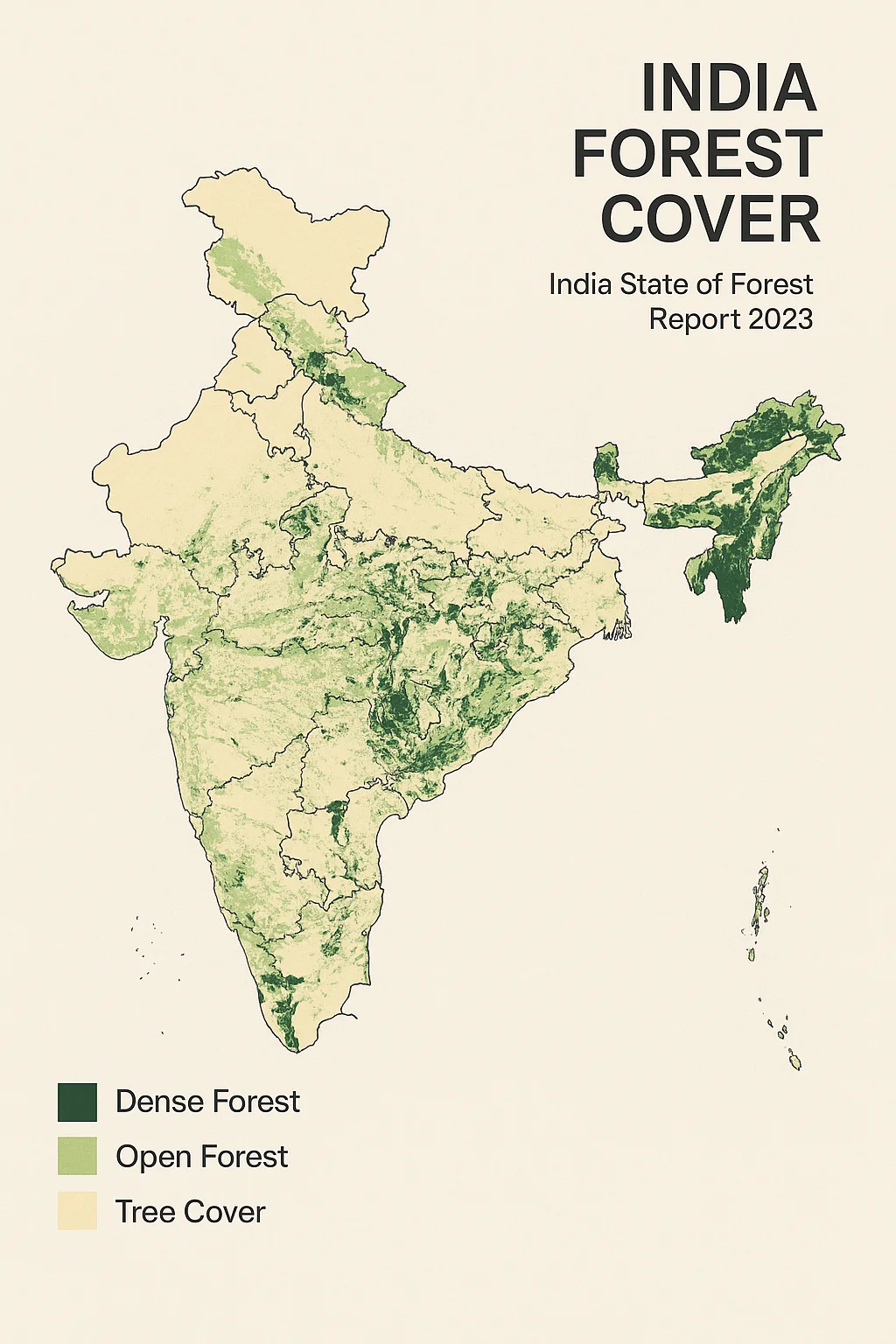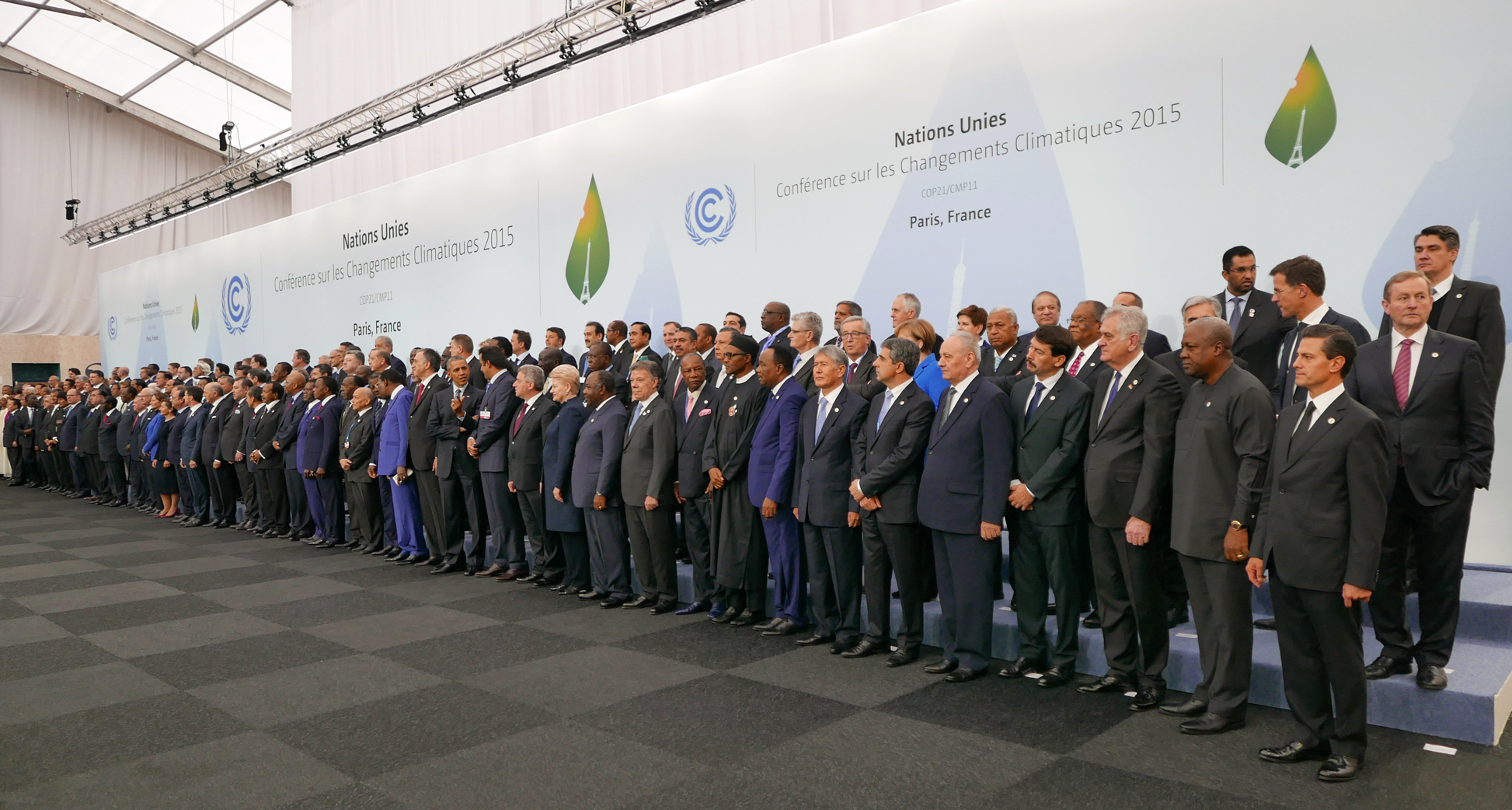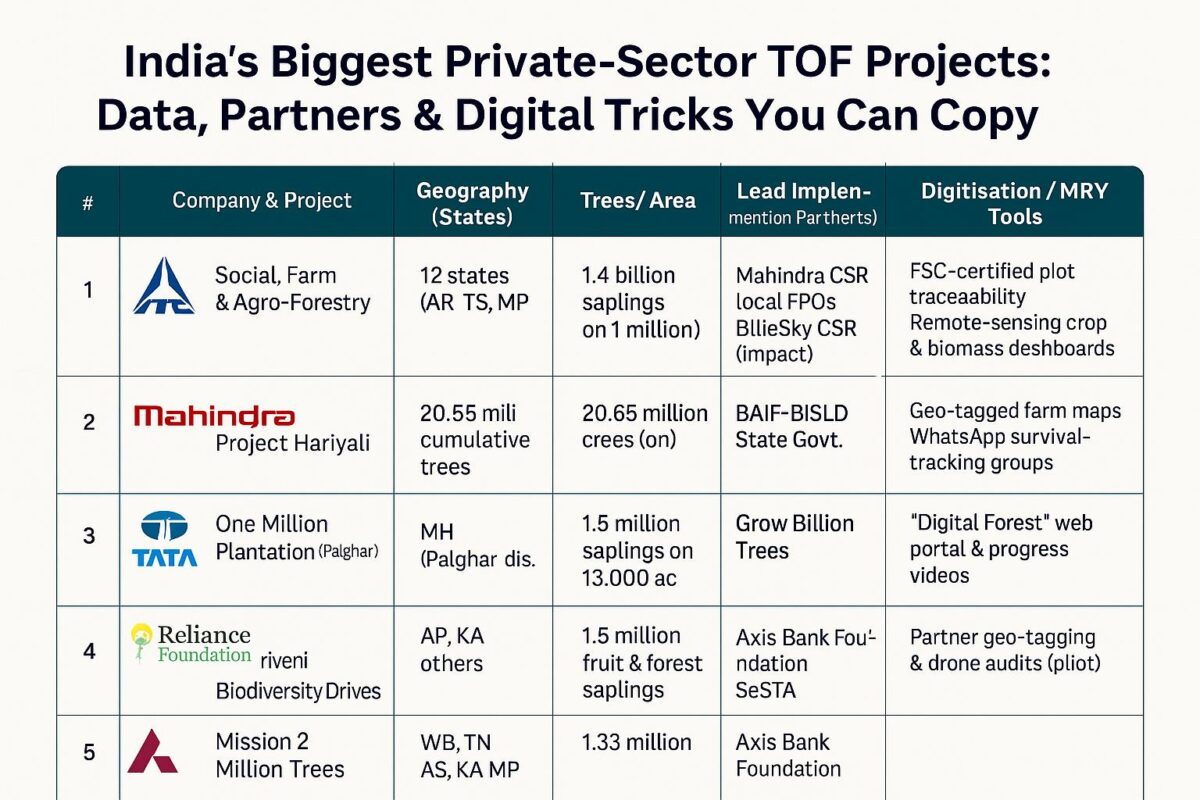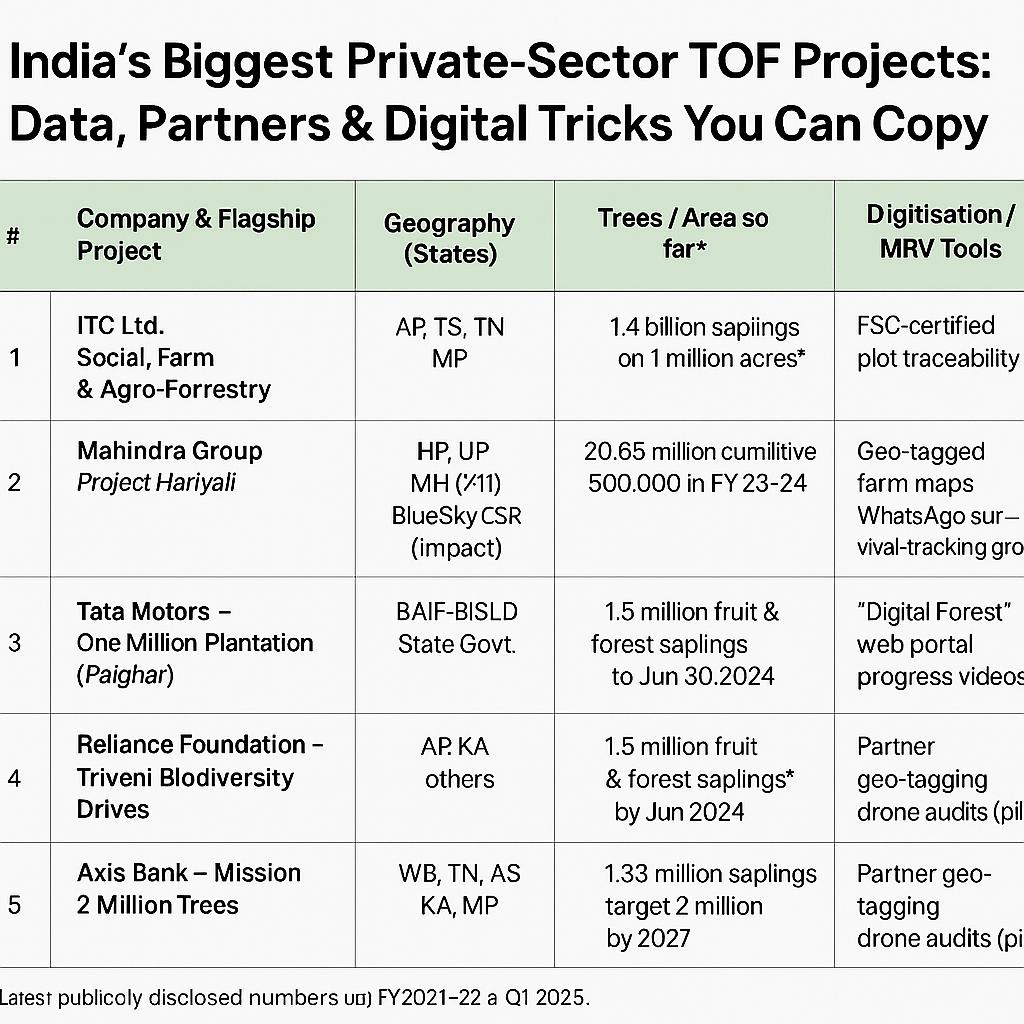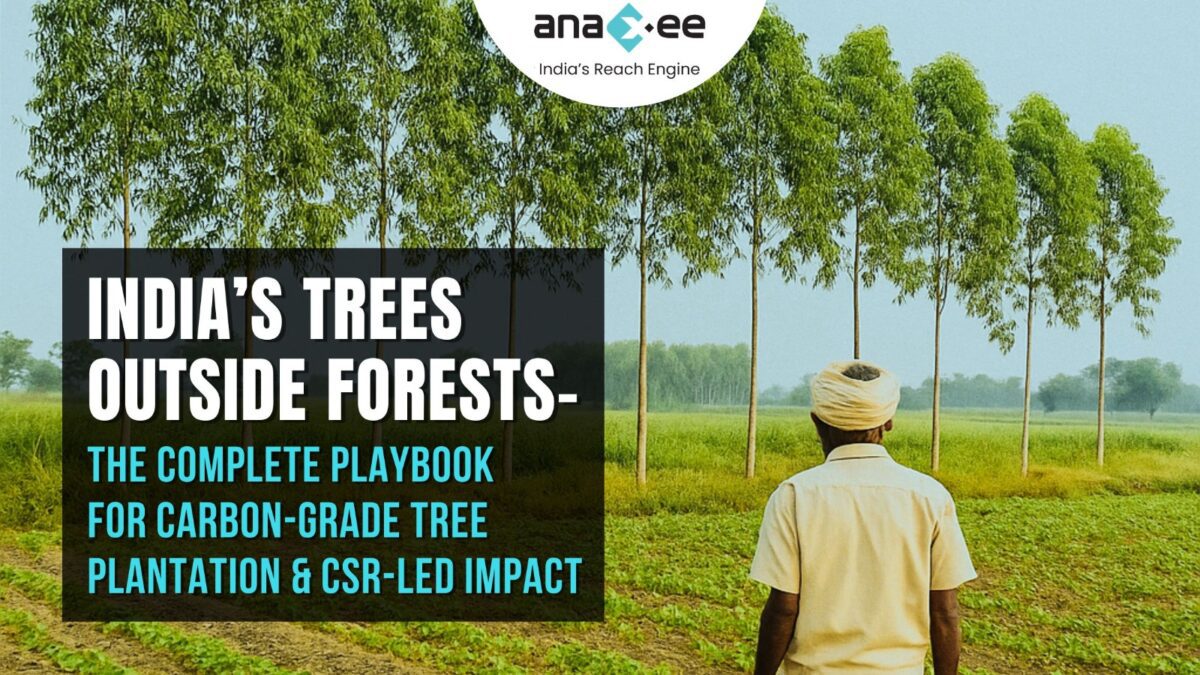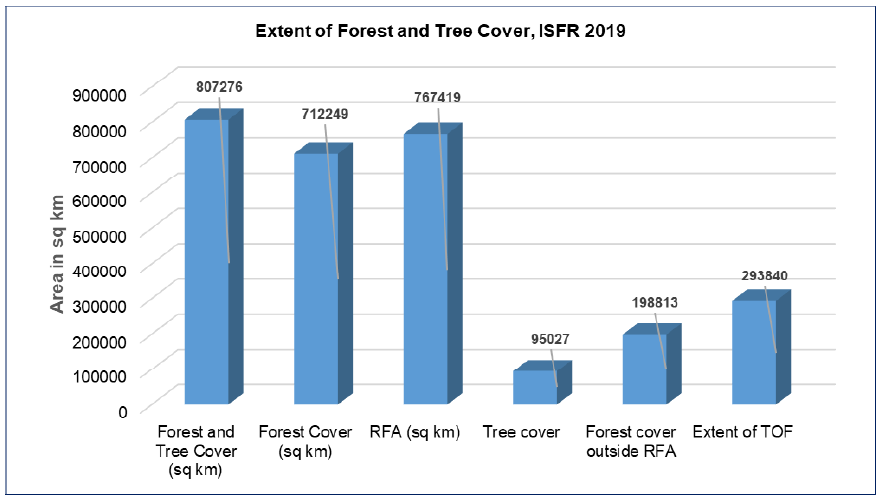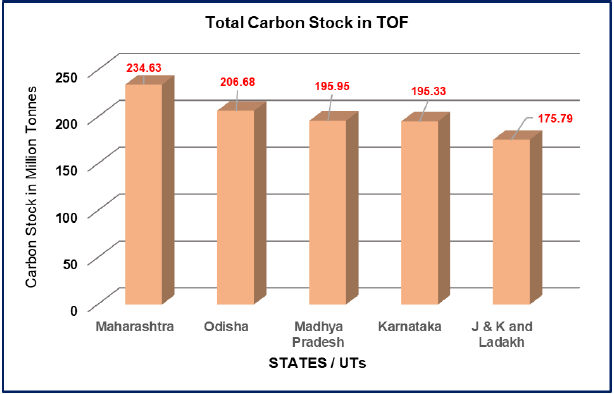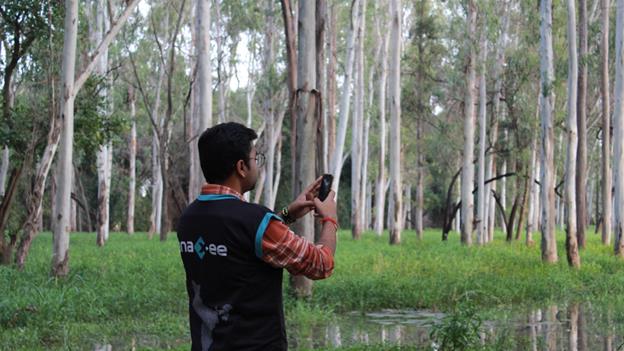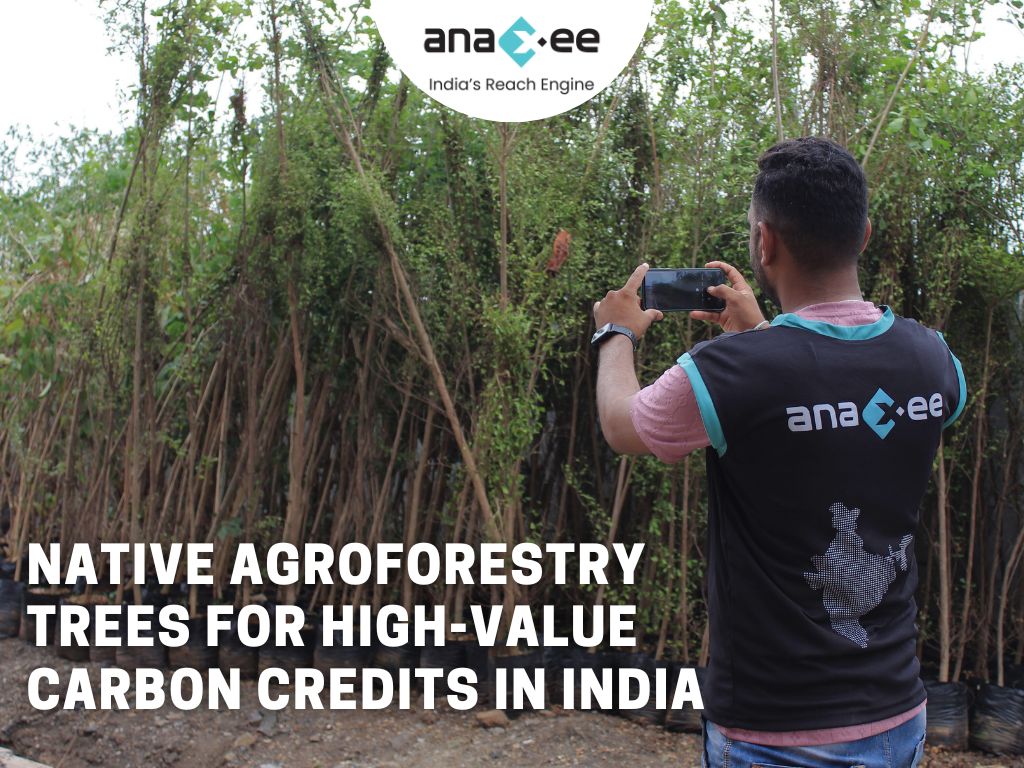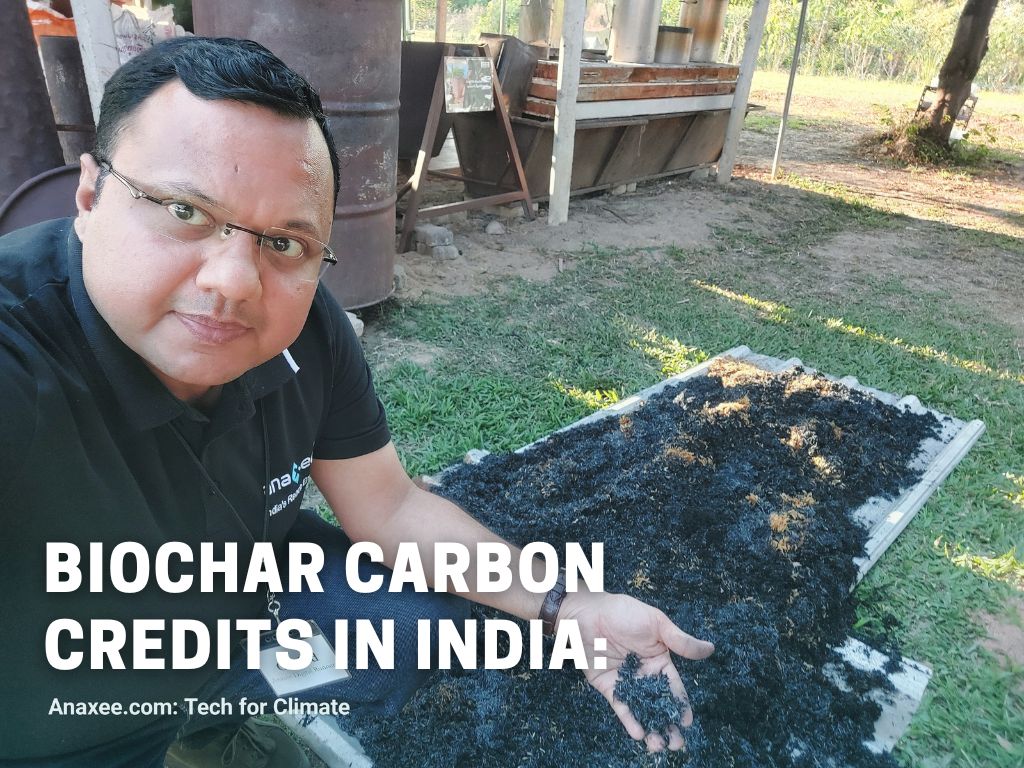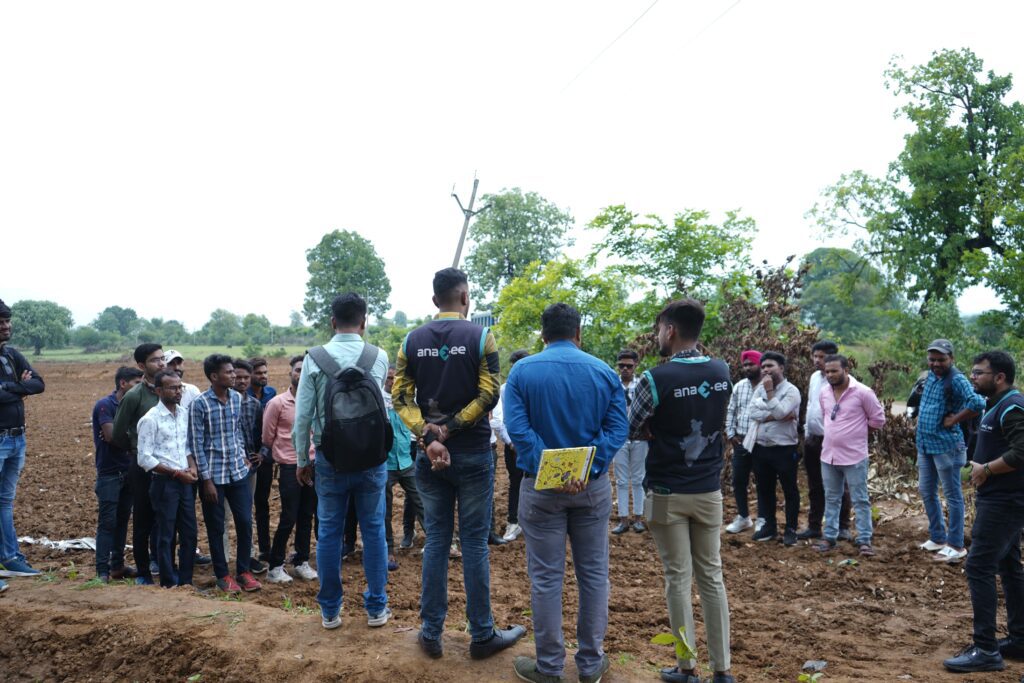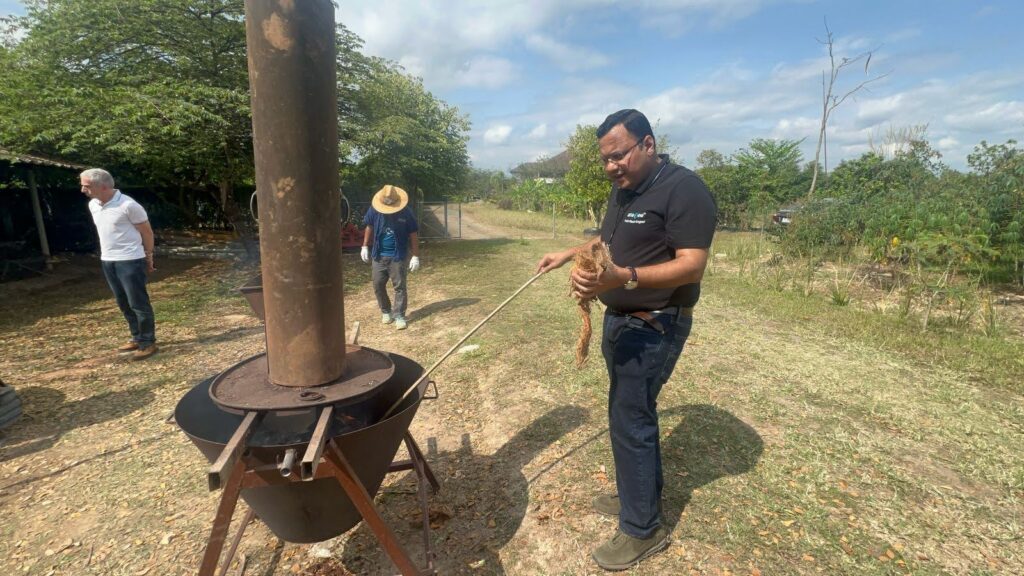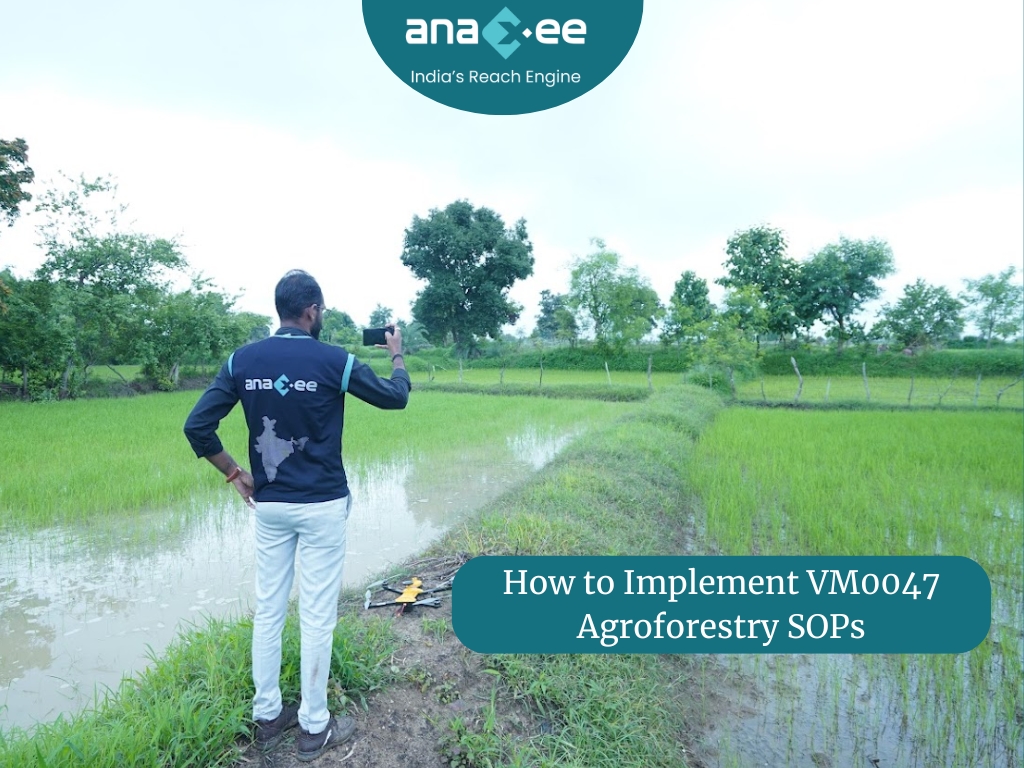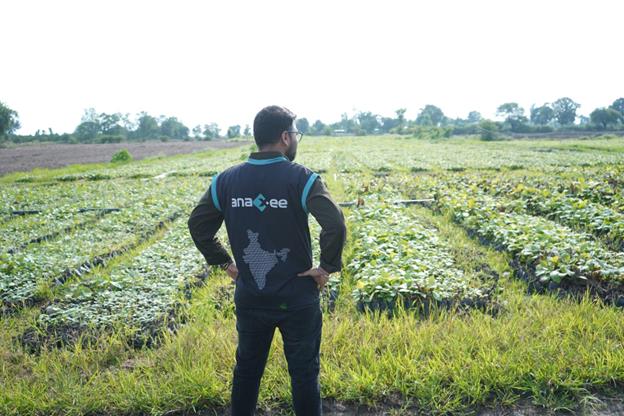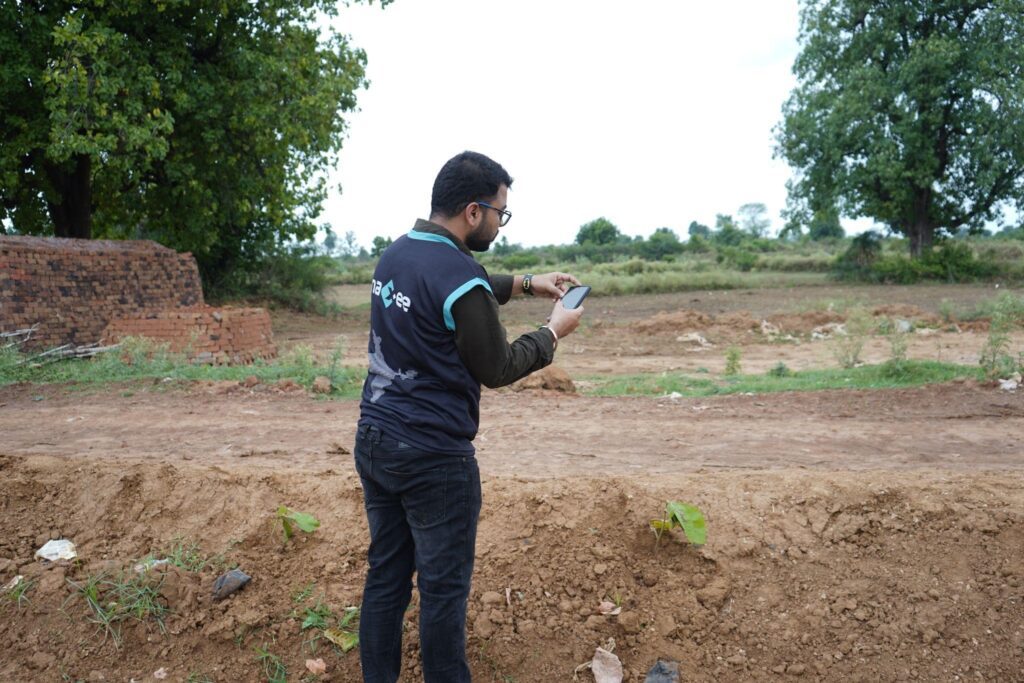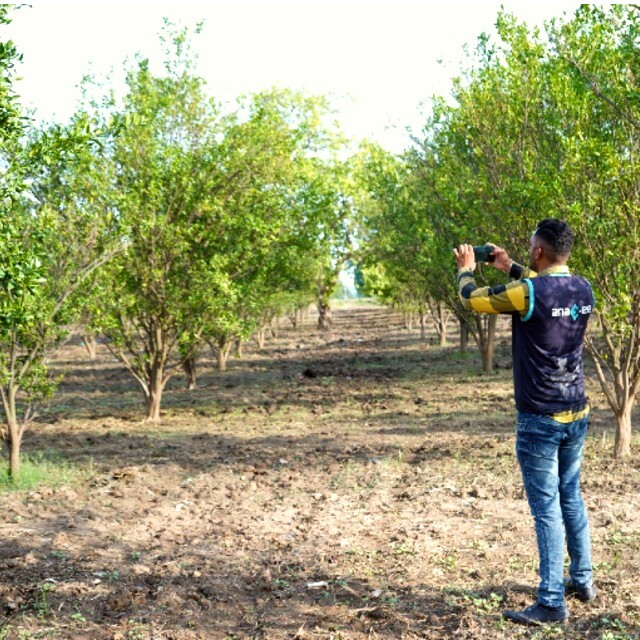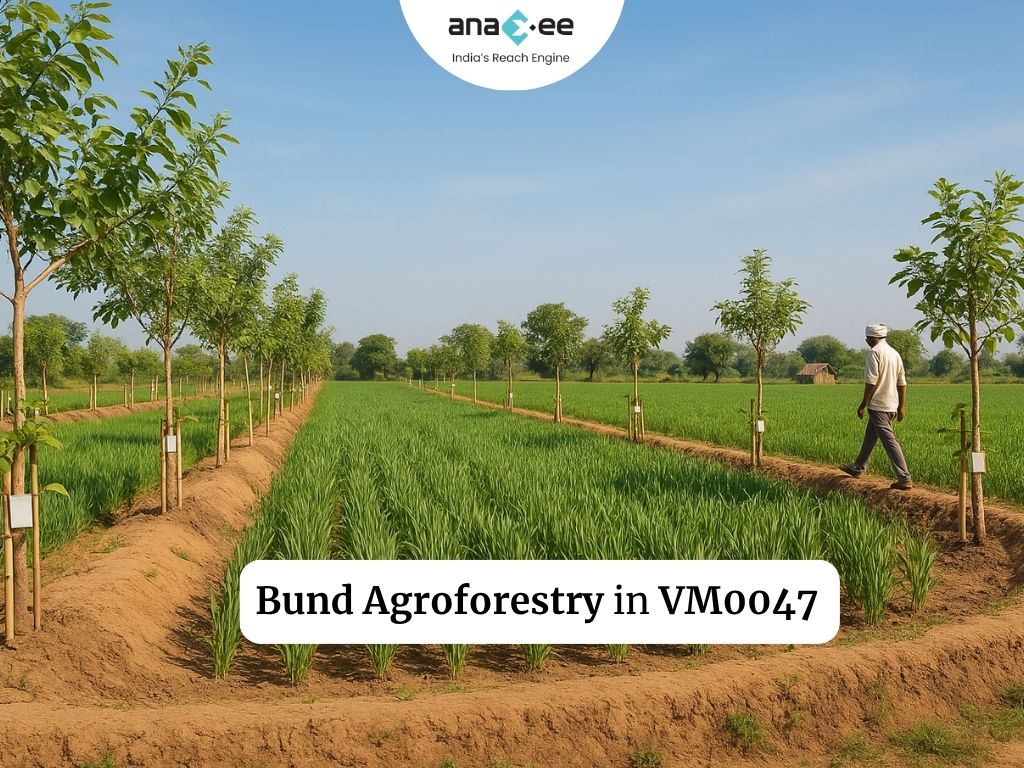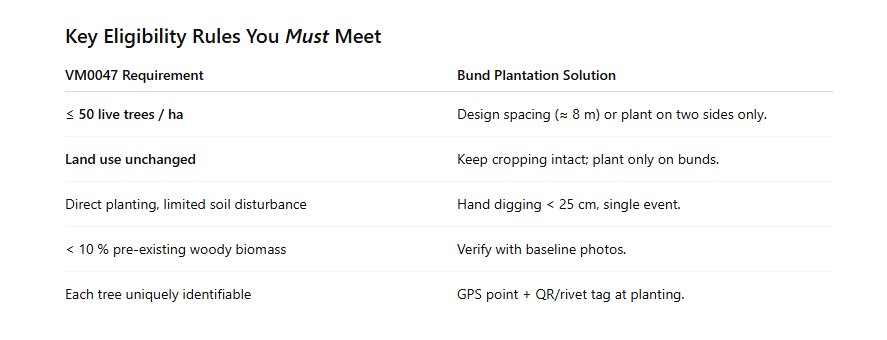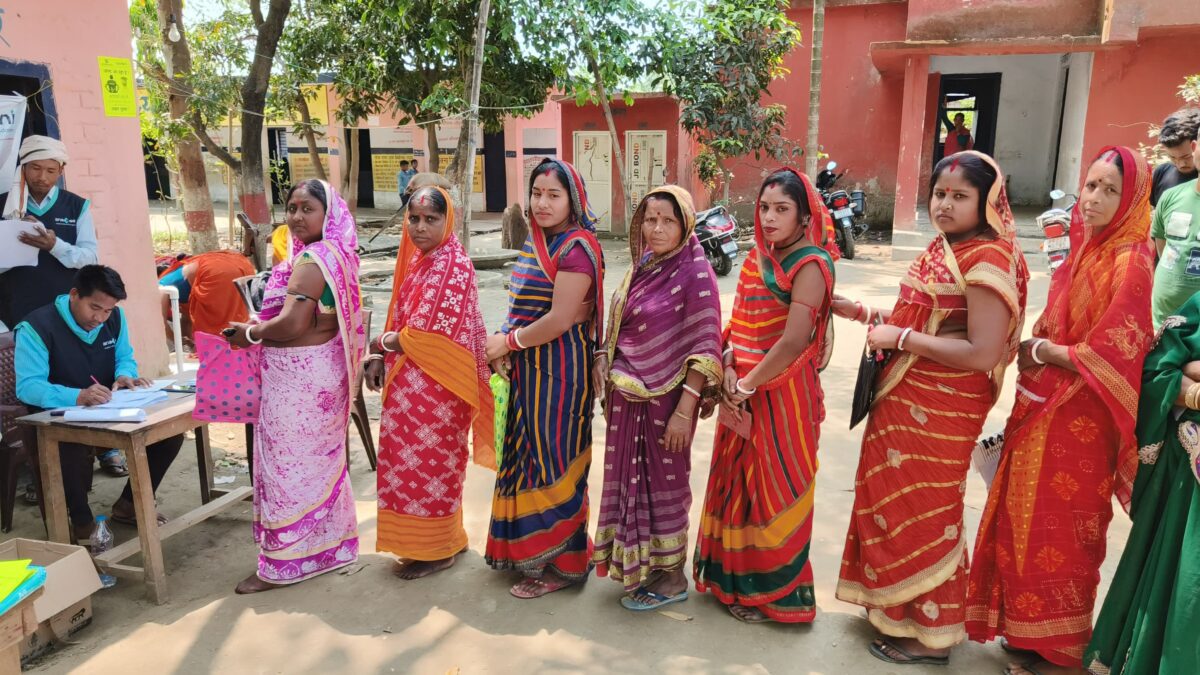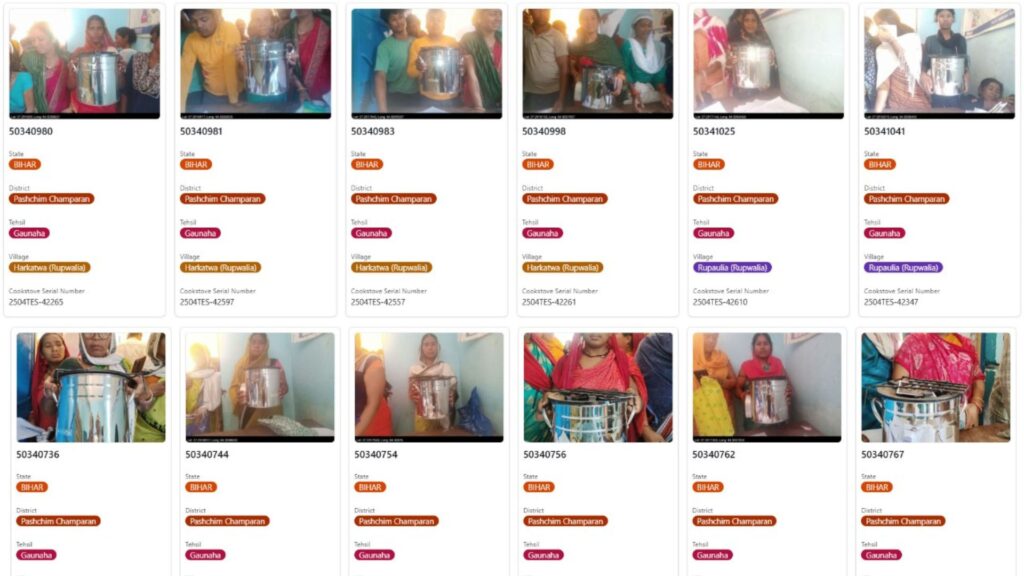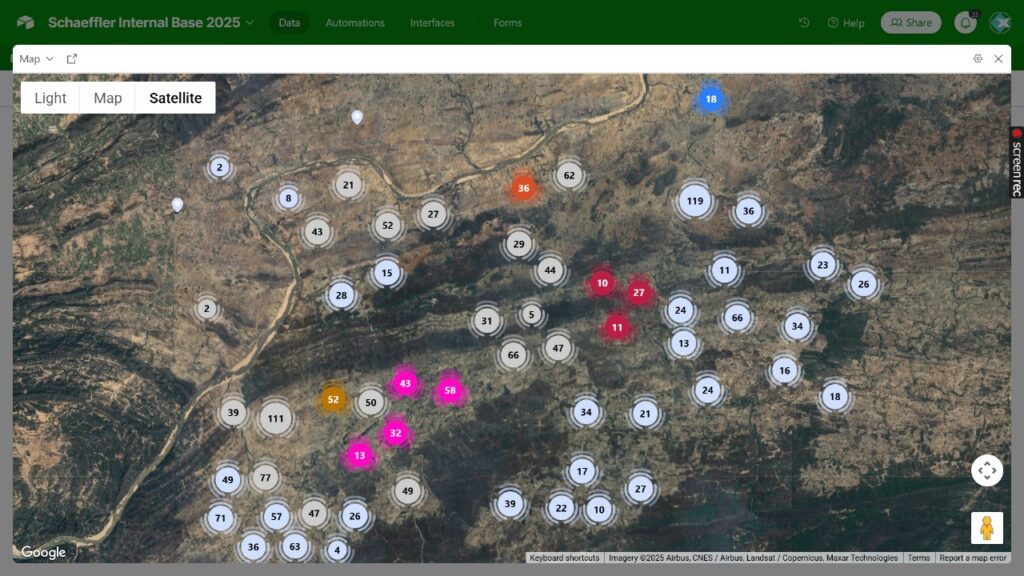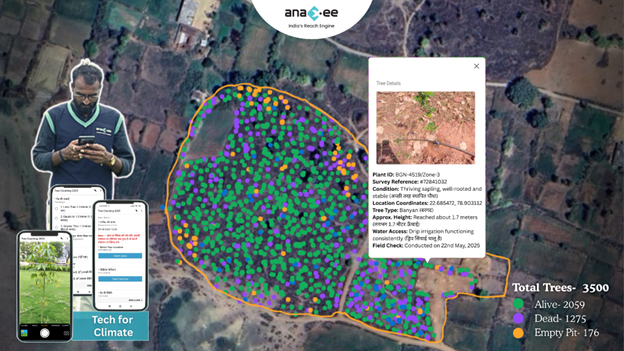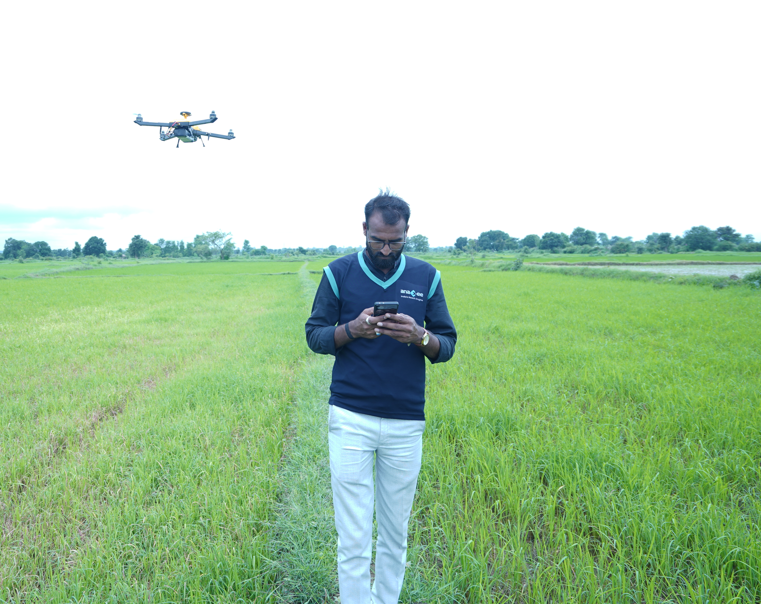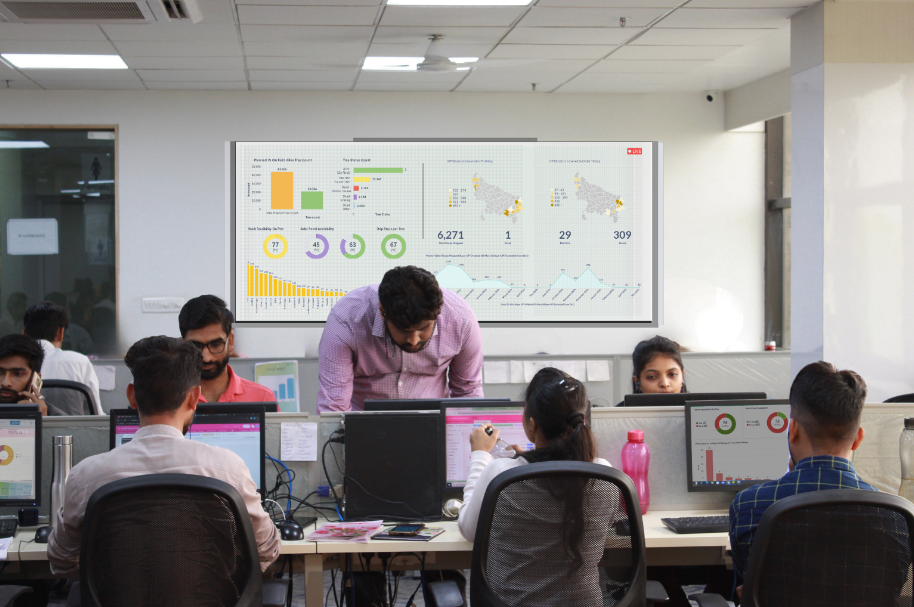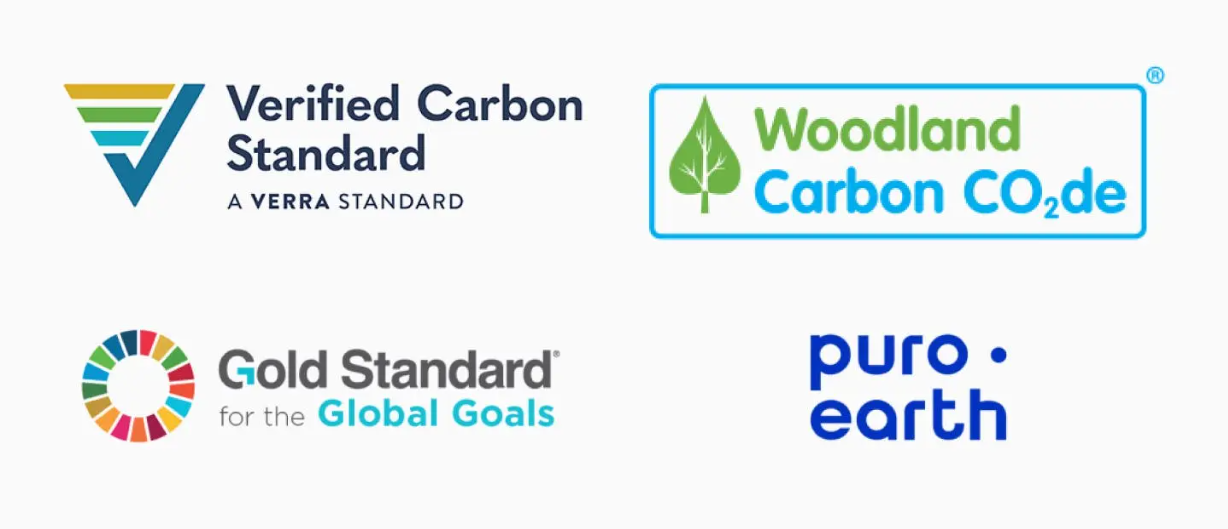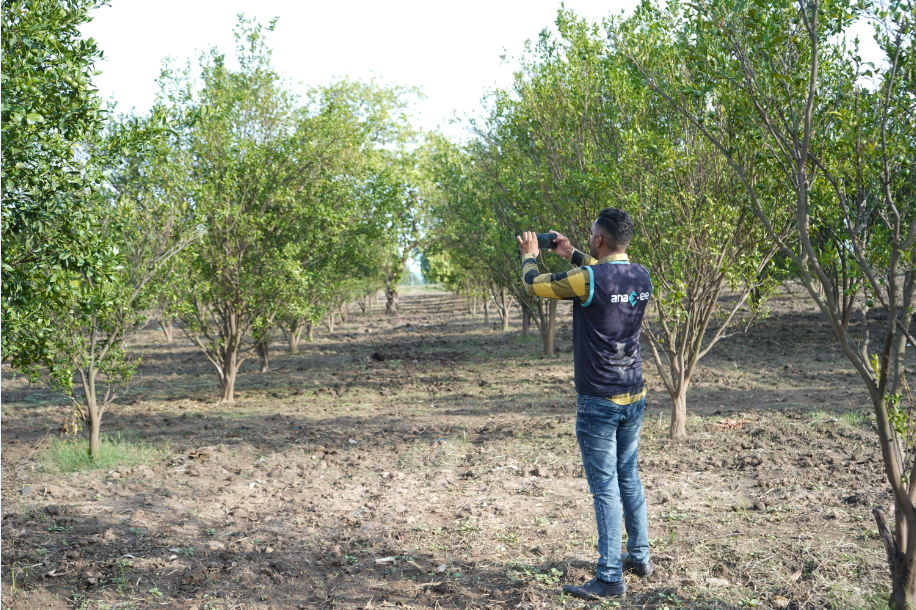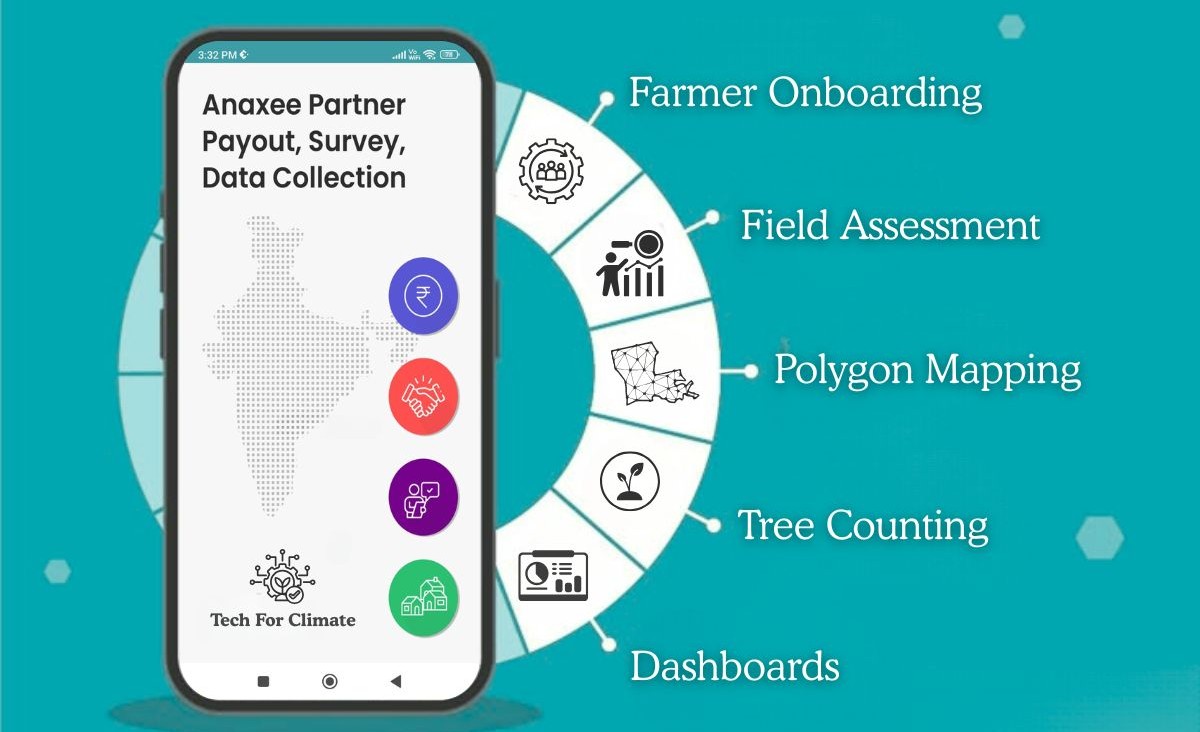Agroforestry & TOF Boom: What ISFR 2023 Reveals About India’s Tree Outside Forest Revolution

Introduction
Trees Outside Forests (TOF) and agroforestry have emerged as silent powerhouses of India’s green strategy. While forests get the headlines, TOF and agroforestry are doing the heavy lifting when it comes to carbon capture, livelihood support, and rural resilience.
According to the ISFR 2023, TOF contributes 37.11% to India’s total forest and tree cover. This is a game-changing insight.
1. TOF by the Numbers
TOF extent: 30.70 million hectares (37.11% of total green cover).
Top states in TOF cover: Maharashtra, Rajasthan, Uttar Pradesh, Madhya Pradesh.
Tree cover increase: +1,289.4 sq. km from 2021, largely due to TOF.
Agroforestry and TOF expansion is being driven by farmer participation, CSR-backed plantation, and policy shifts like the National Agroforestry Policy (2014).
2. Agroforestry’s Carbon Value
Total Agroforestry tree cover: 1,27,590.05 sq. km
Carbon stock under agroforestry: 1,291.68 million m3
Carbon increase since 2013: +286.94 M m3 (28.56%)
The ISFR 2023 data proves agroforestry is no longer just a soil and livelihood measure. It’s now a carbon sink tool for India’s NDC targets and the voluntary carbon market.
3. Dominant Species & Use Cases
Top agroforestry species:
Mangifera indica (Mango)
Azadirachta indica (Neem)
Prosopis juliflora, Eucalyptus, Areca catechu
These species serve multiple markets: pulp & paper, fruit, timber, and carbon offset.
Use cases:
Bund plantations in smallholder farms
Agroforestry corridors on degraded land
Canal-side and railway-side tree belts
4. State-Level Innovation
Maharashtra leads in TOF growing stock (213.93 M m3)
Uttar Pradesh excels in bund-based agroforestry
Odisha integrates agroforestry with MNREGS
Many of these gains are community-driven and CSR-supported.
5. Why Corporates Should Act Now
India is short of afforestation-ready forest land.
TOF offers a scalable alternative for CSR and ESG investment.
Bund agroforestry can be implemented at low cost, with fast results and carbon credits.
Early movers in TOF carbon projects can establish leadership in climate finance.
Conclusion: Time to Go Beyond the Forest
TOF and agroforestry are not fringe practices- they’re central to India’s climate strategy. With rising carbon stock, farmer buy-in, and government policy alignment, this is the space where private players can act, invest, and lead.
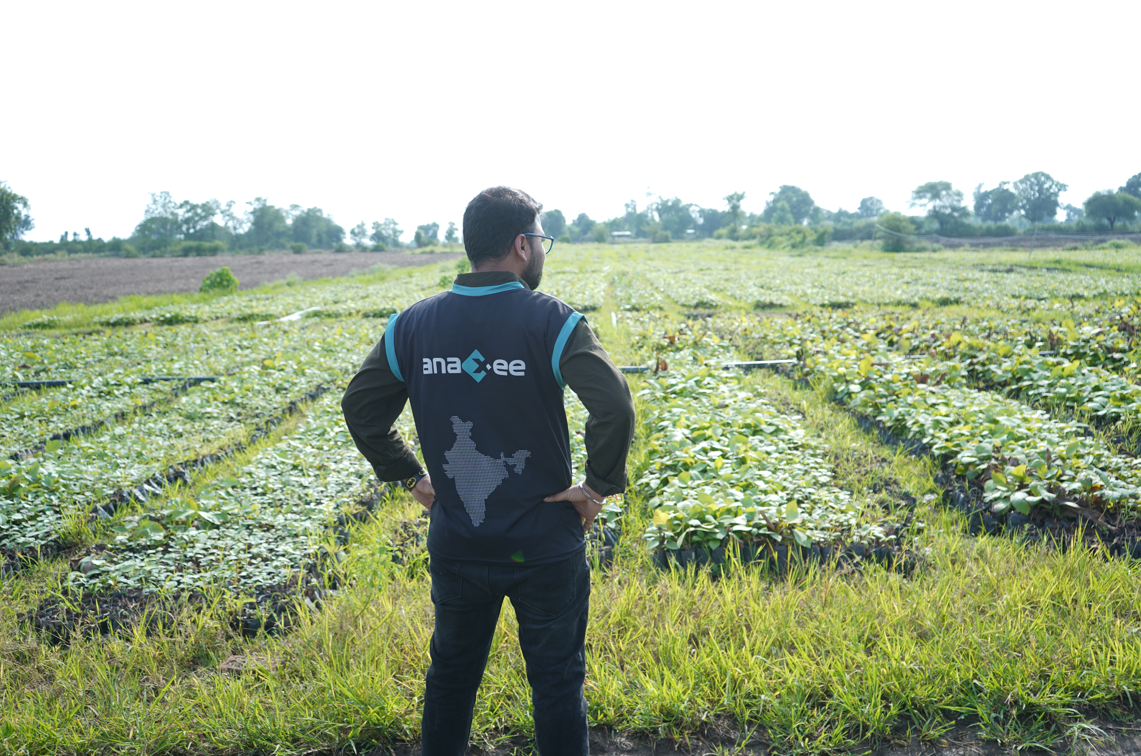
For climate-conscious companies and institutions, Trees Outside Forests is the new frontier. And Anaxee is already building the infrastructure to digitize and drive this revolution, To know how connect at sales@anaxee-wp-aug25-wordpress.dock.anaxee.com
